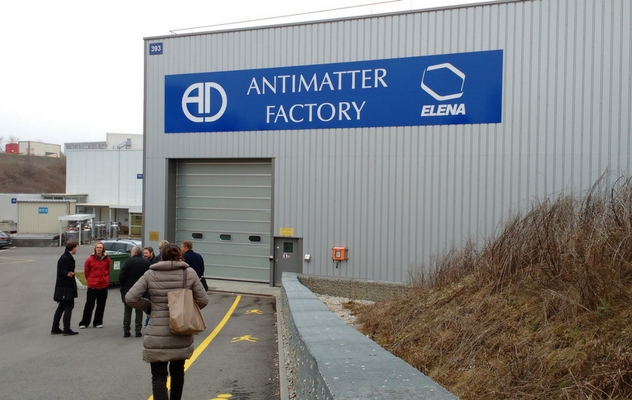Does antimatter matter?

Just before Christmas, I was lucky enough to join a group of teachers on one of STEM Learning’s visits to CERN, Geneva. Along with inspiring lectures, a visit to the Large Hadron Collider, and some excellent rösti and fondue, we also went to an antimatter factory.
Apart from being housed in a large warehouse, on what looks like an industrial estate, this is no ordinary factory. Antimatter, in the form of the positron, was first discovered in 1932, four years after British physicist, Paul Dirac, first postulated its existence. Since then, we have used particle accelerators to produce the antiparticles predicted in the Standard Model of Particle Physics.
Antimatter annihilates whenever it meets matter, and therefore these particles are often very short-lived – we see them only by virtue of their decay products. However, in the antimatter factory at CERN, physicists have been able to trap anti-hydrogen for long periods, using strong magnetic fields.
Whilst we were there, the ALPHA experiment had very recently showed that, as yet, there is no difference between the charge of a hydrogen atom and an anti-hydrogen – i.e. both neutral. This was found to a factor of 20 better than previous experiments.
Perhaps there is nothing shocking in this discovery, but why are physicists looking for a difference? The Standard Model predicts that at the beginning of the universe, there should have been equal amounts of matter and antimatter.
If this was the case, then where has all the antimatter gone? Discovering any small difference between matter and antimatter may help to explain why matter dominates, and in turn this may tell us more about how our universe was formed.

